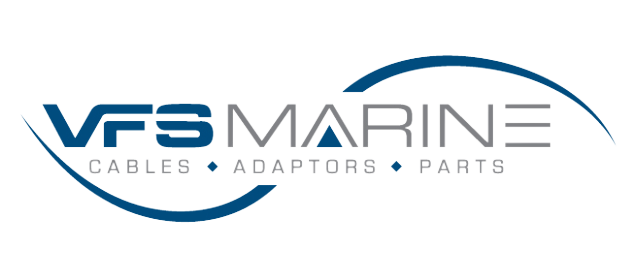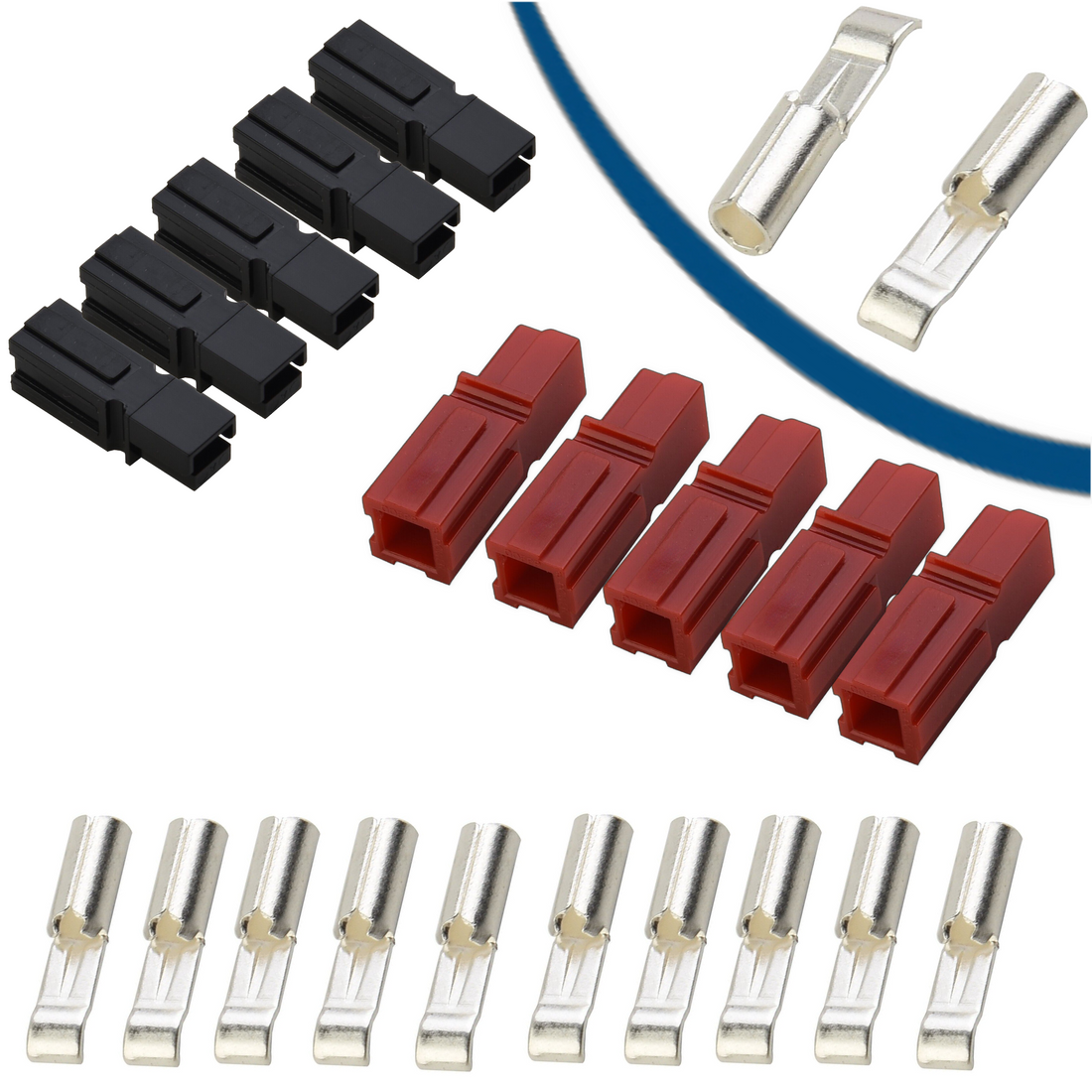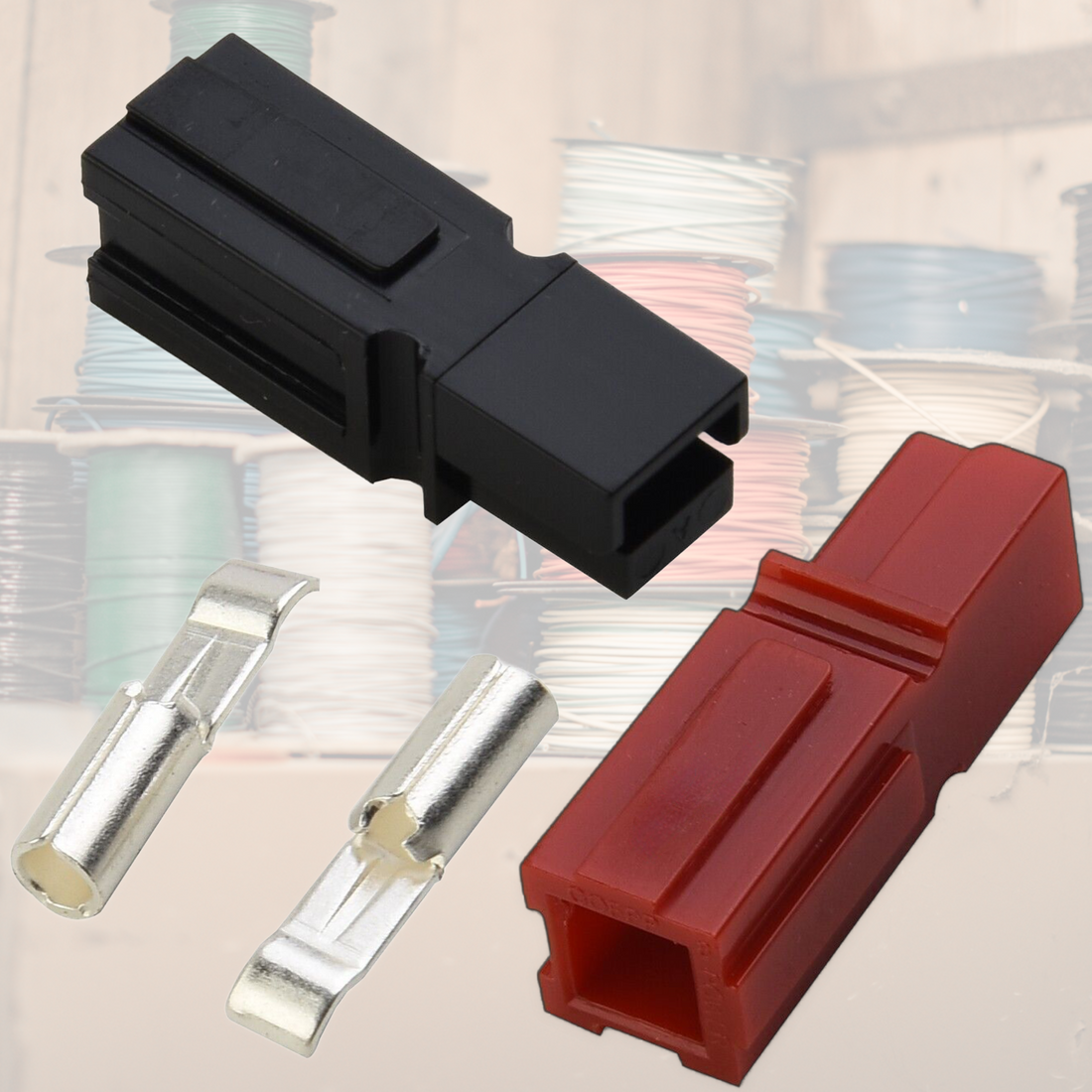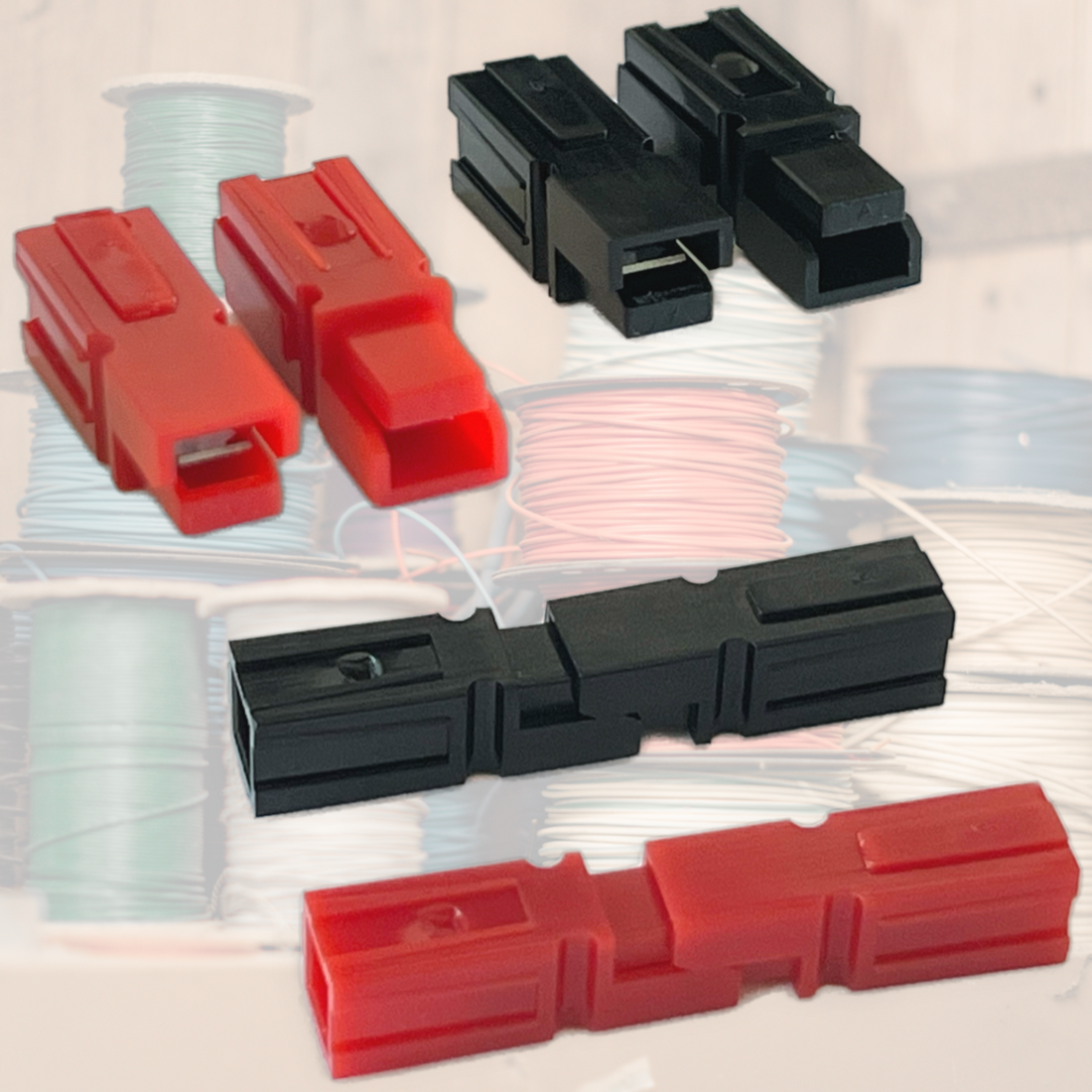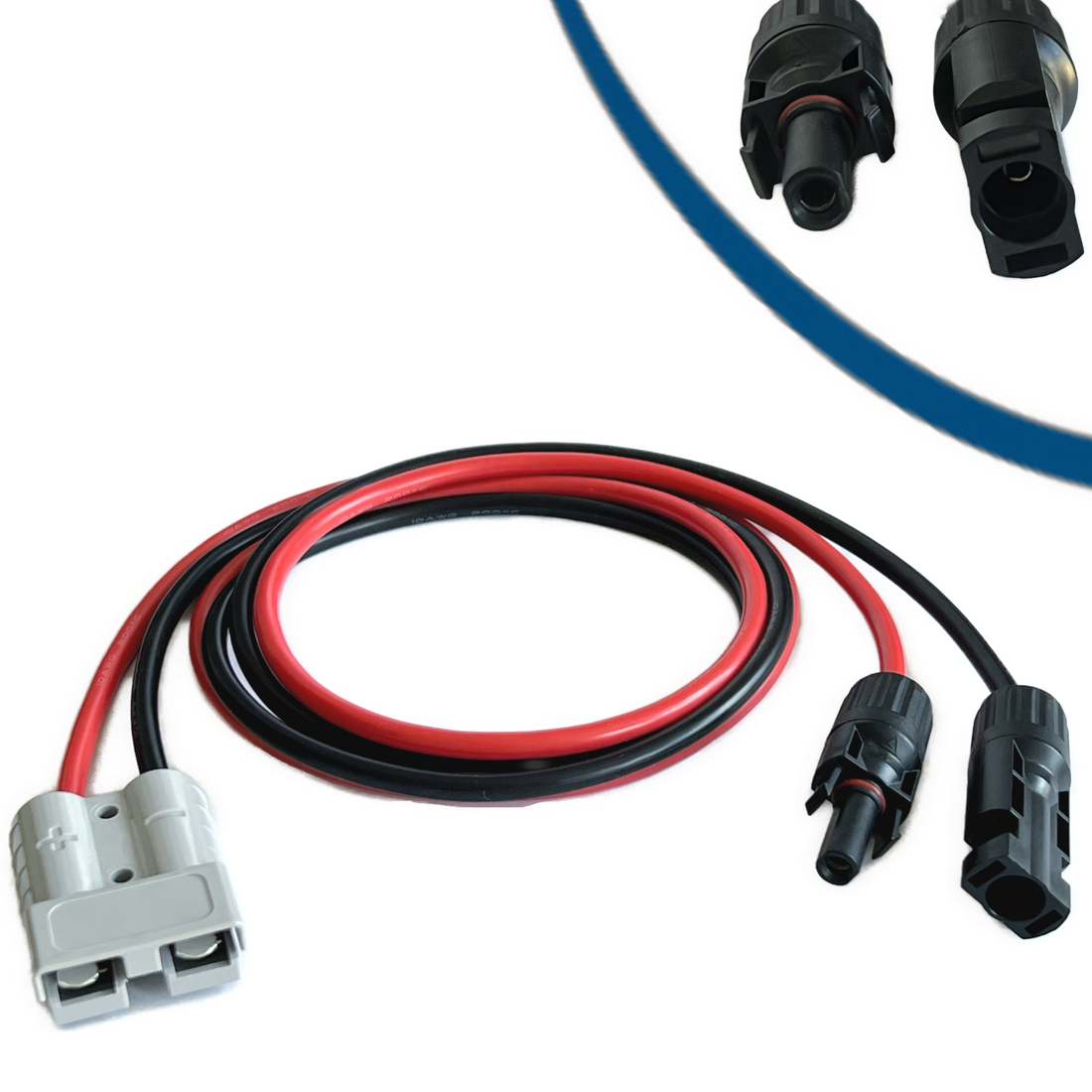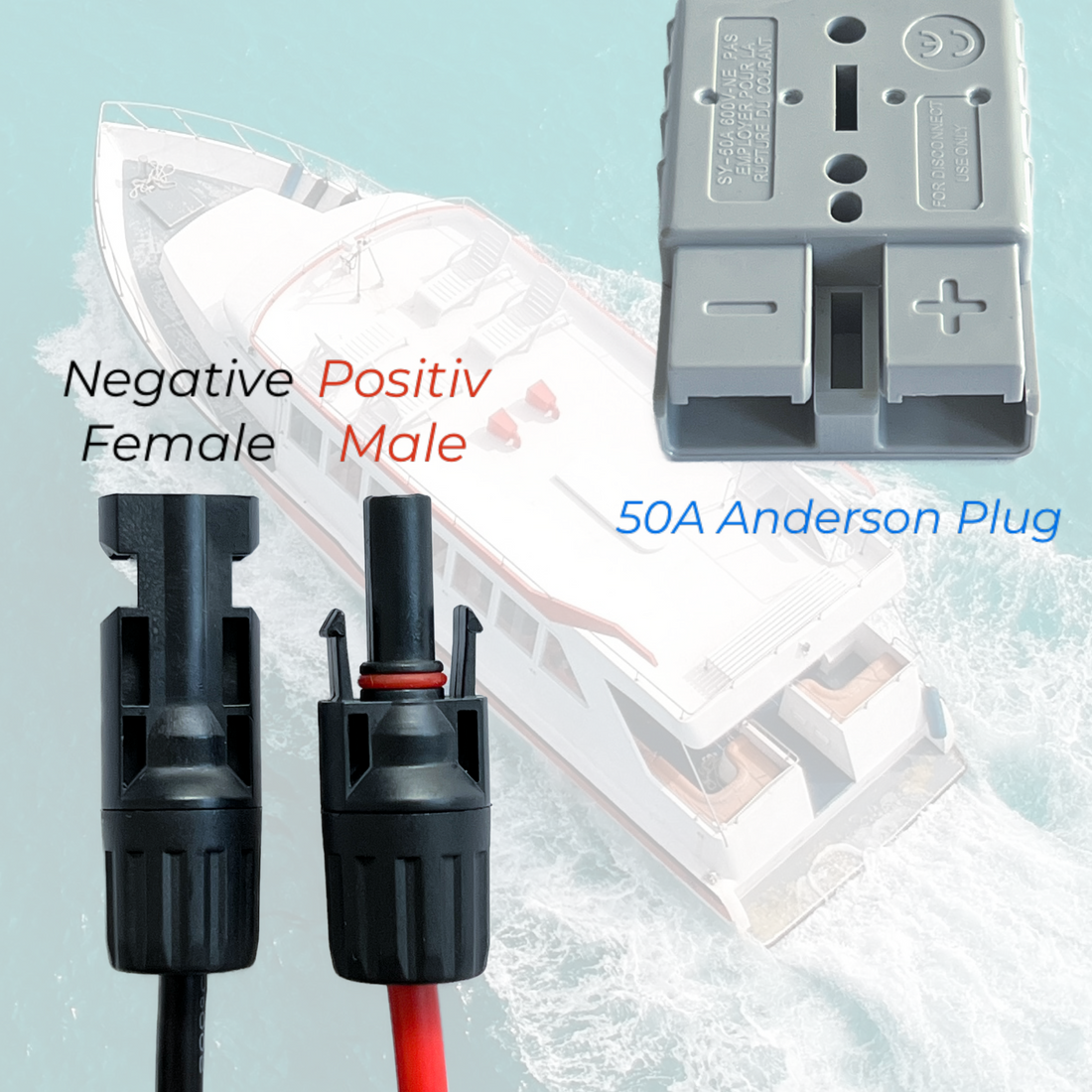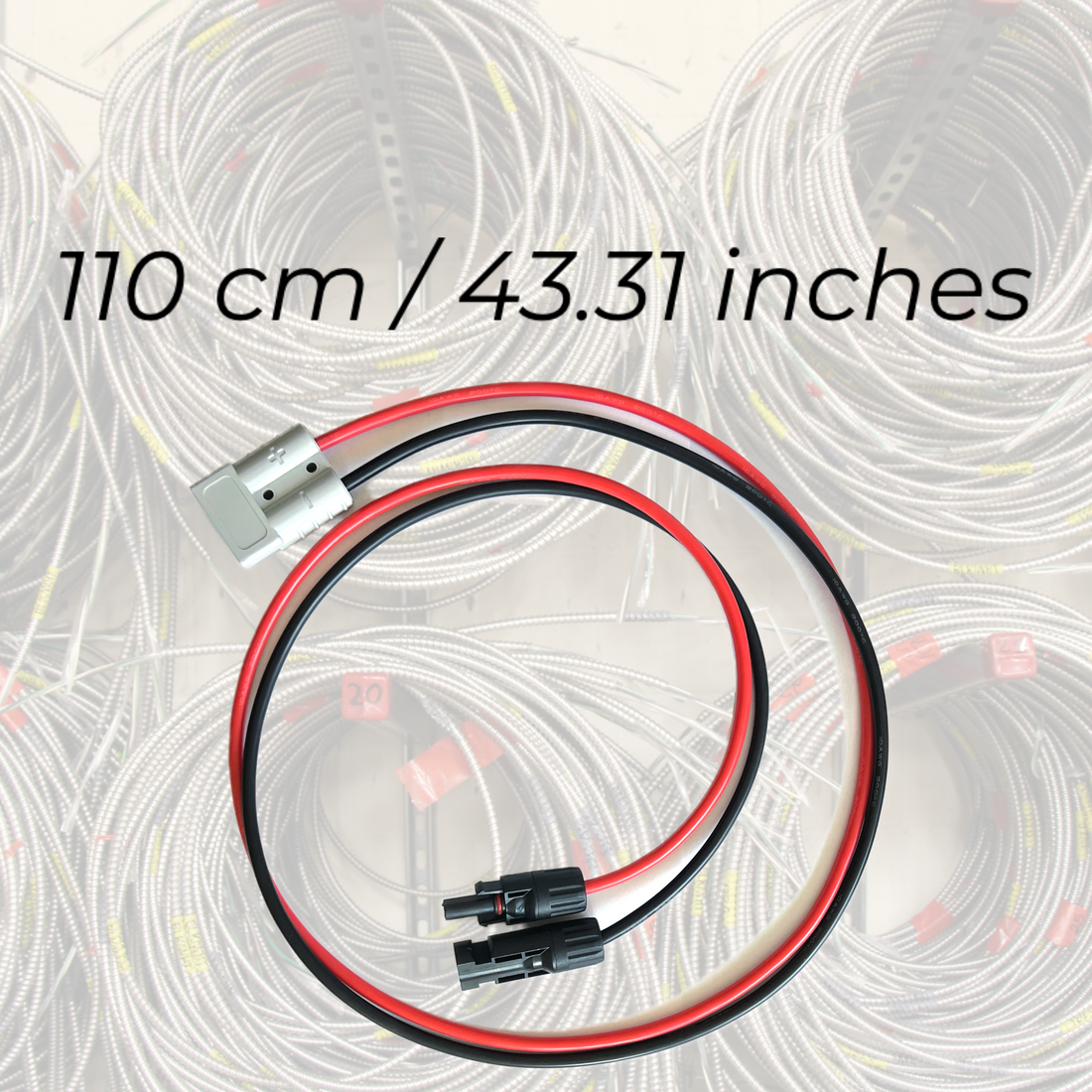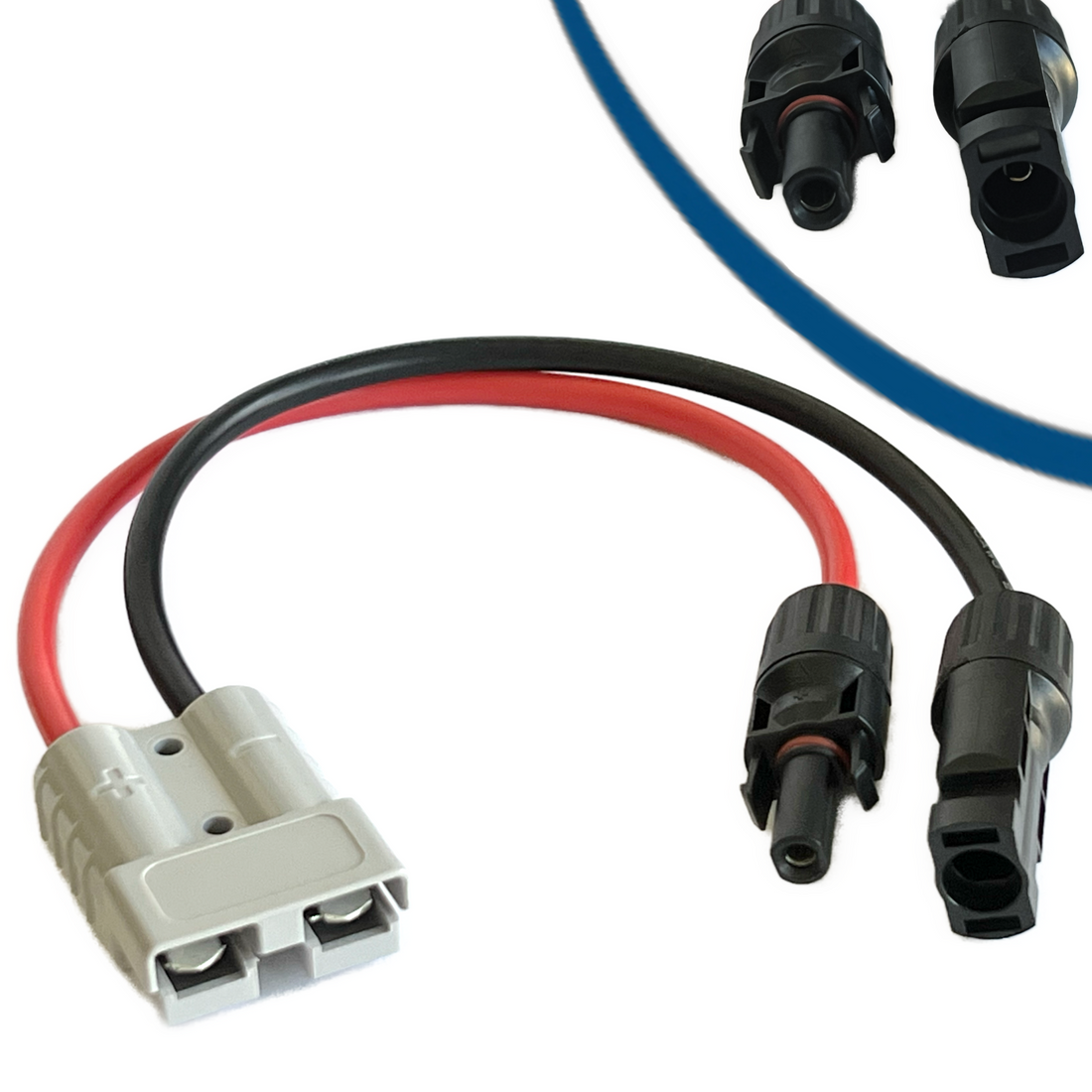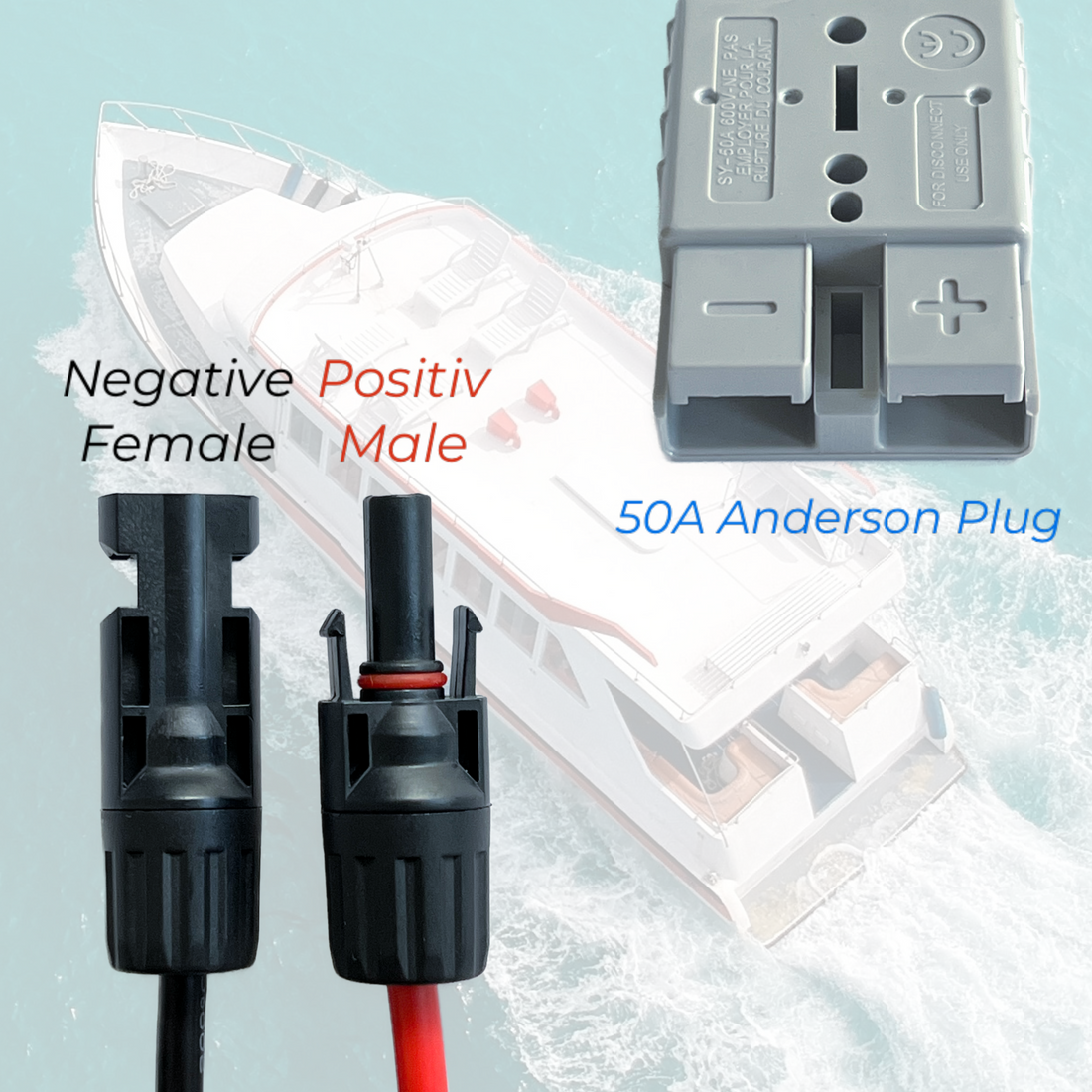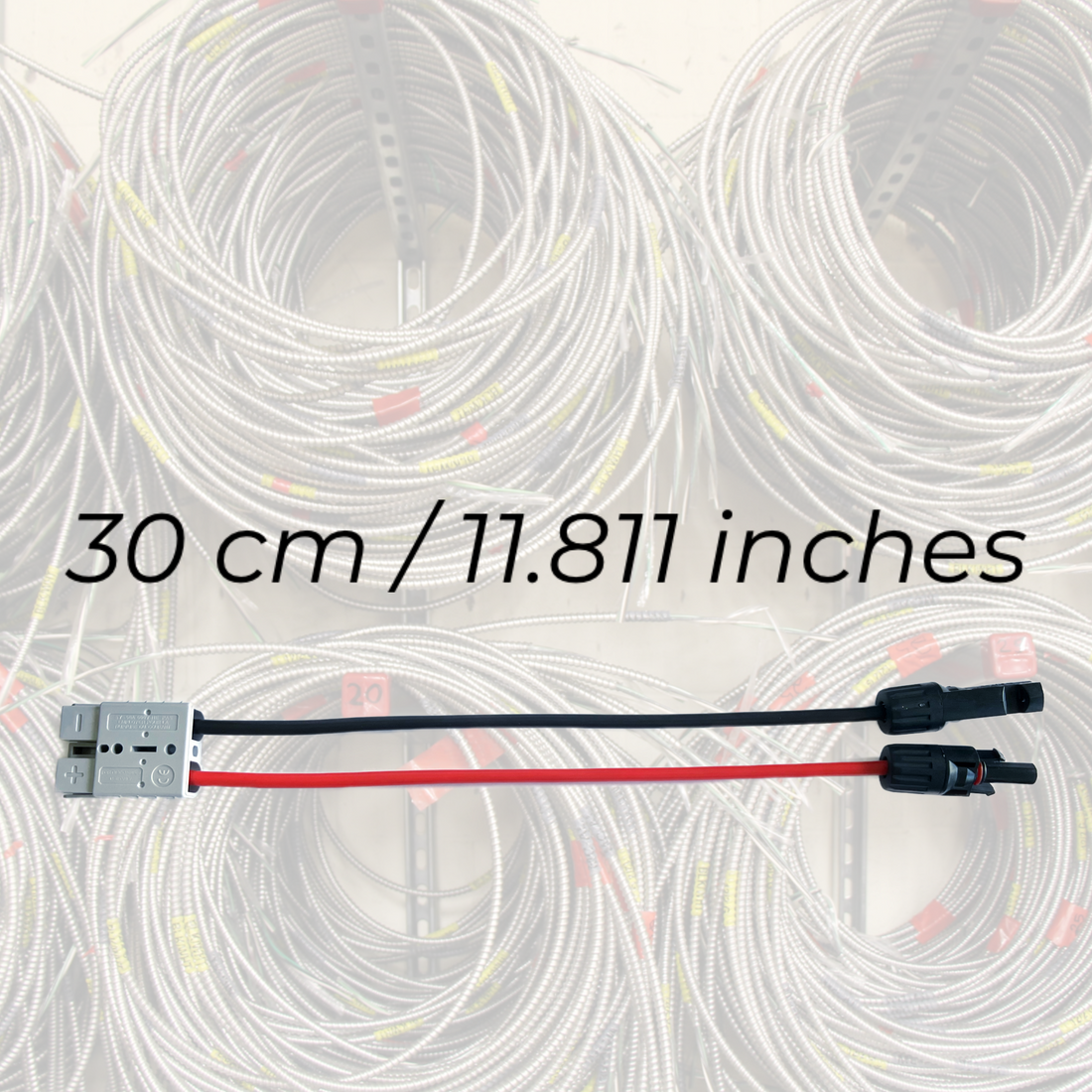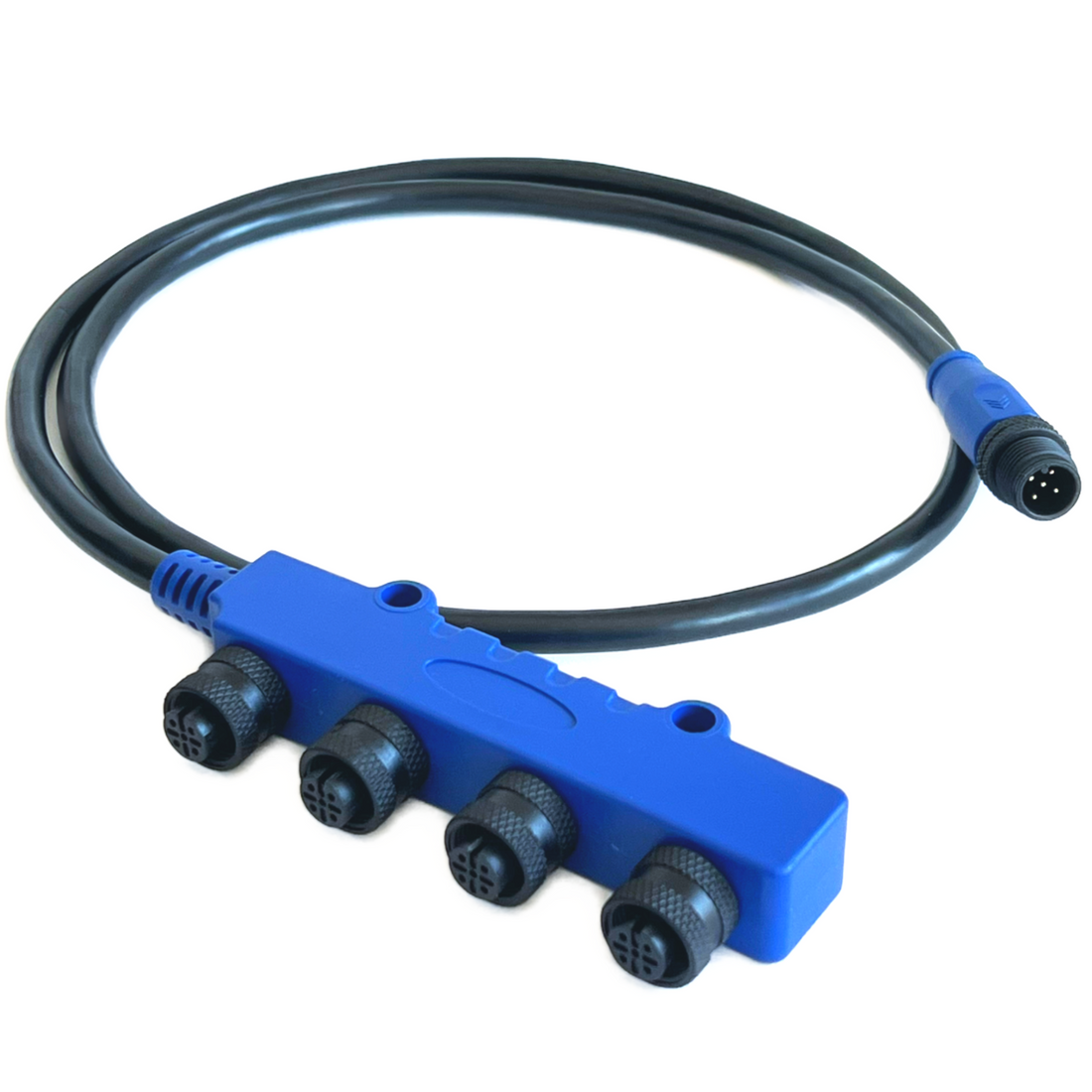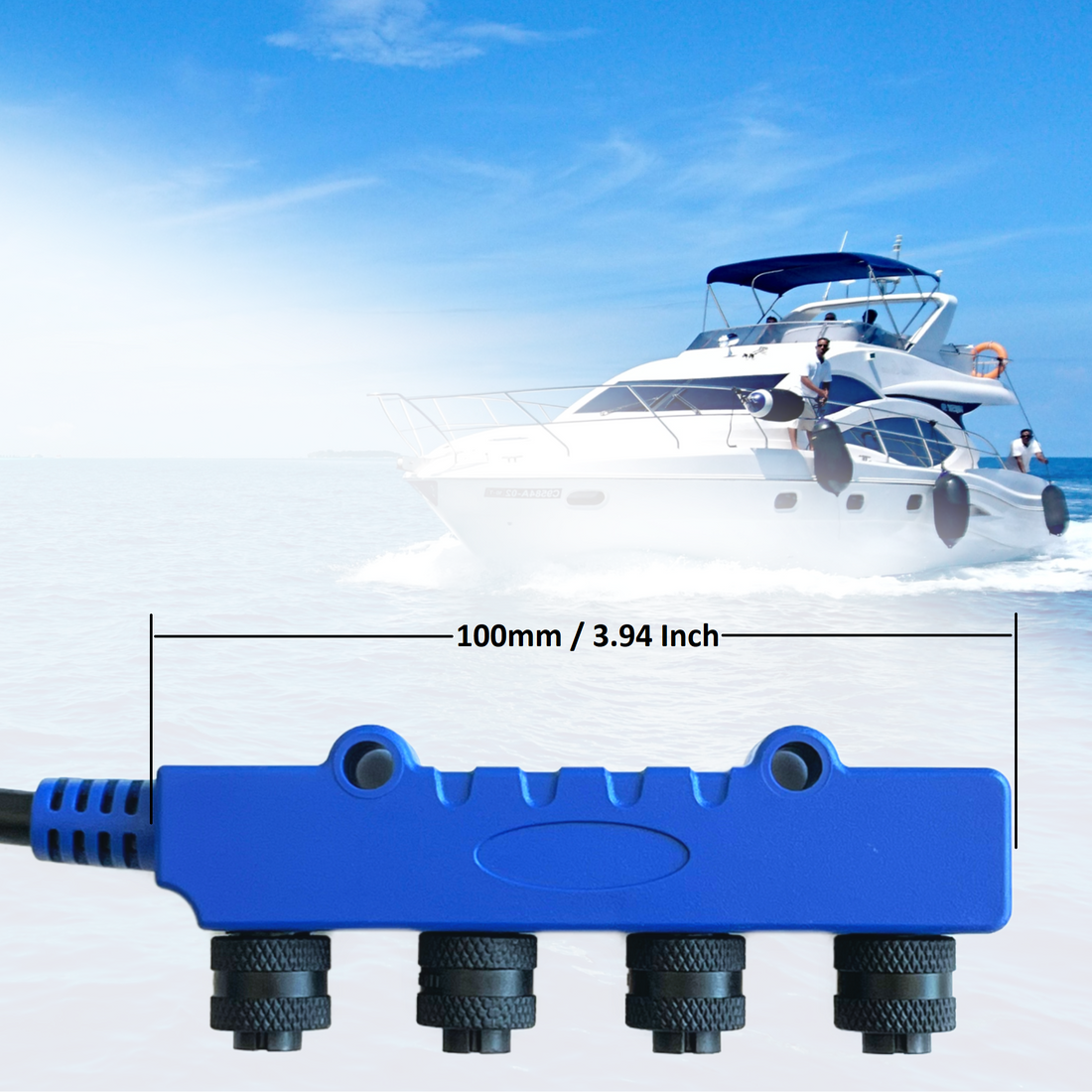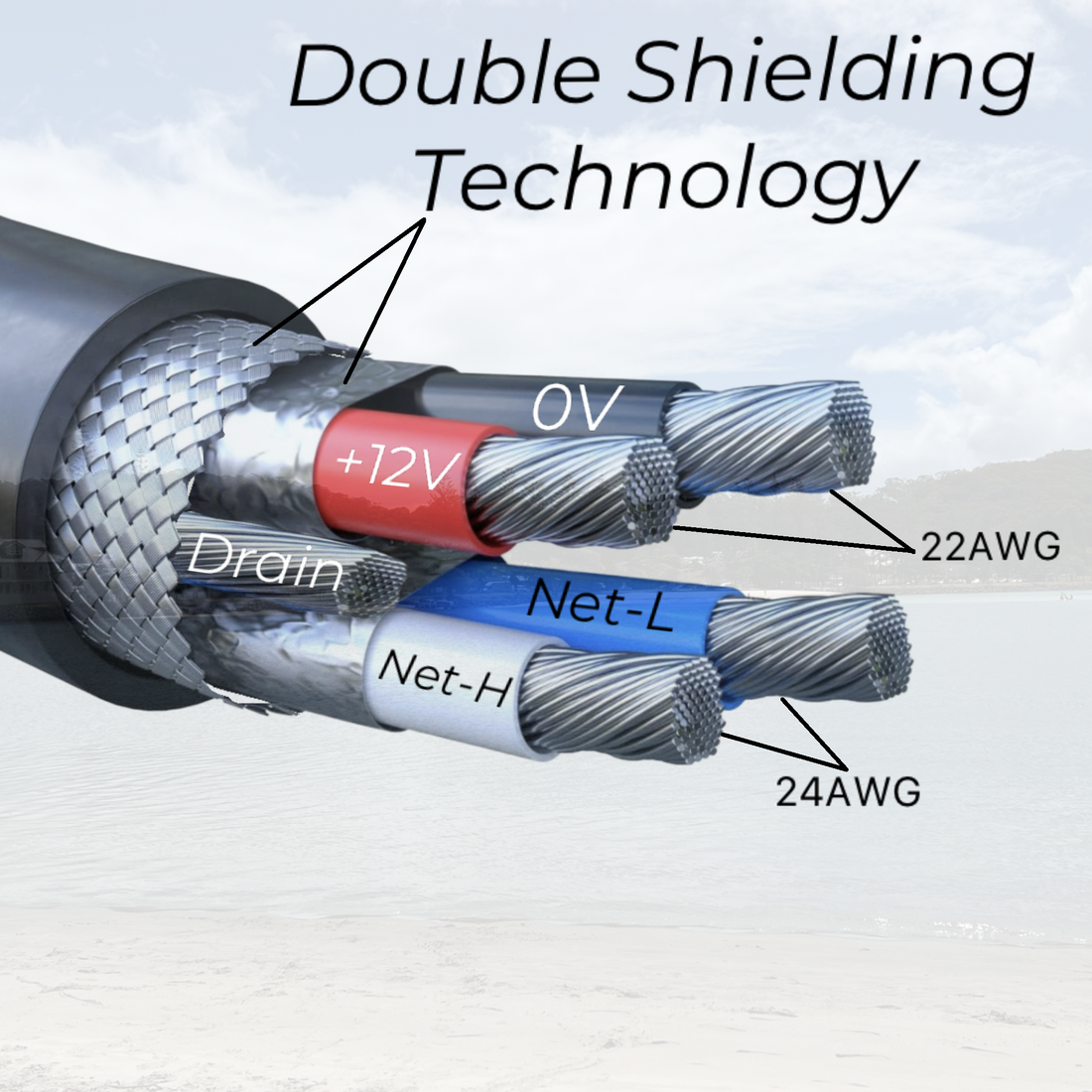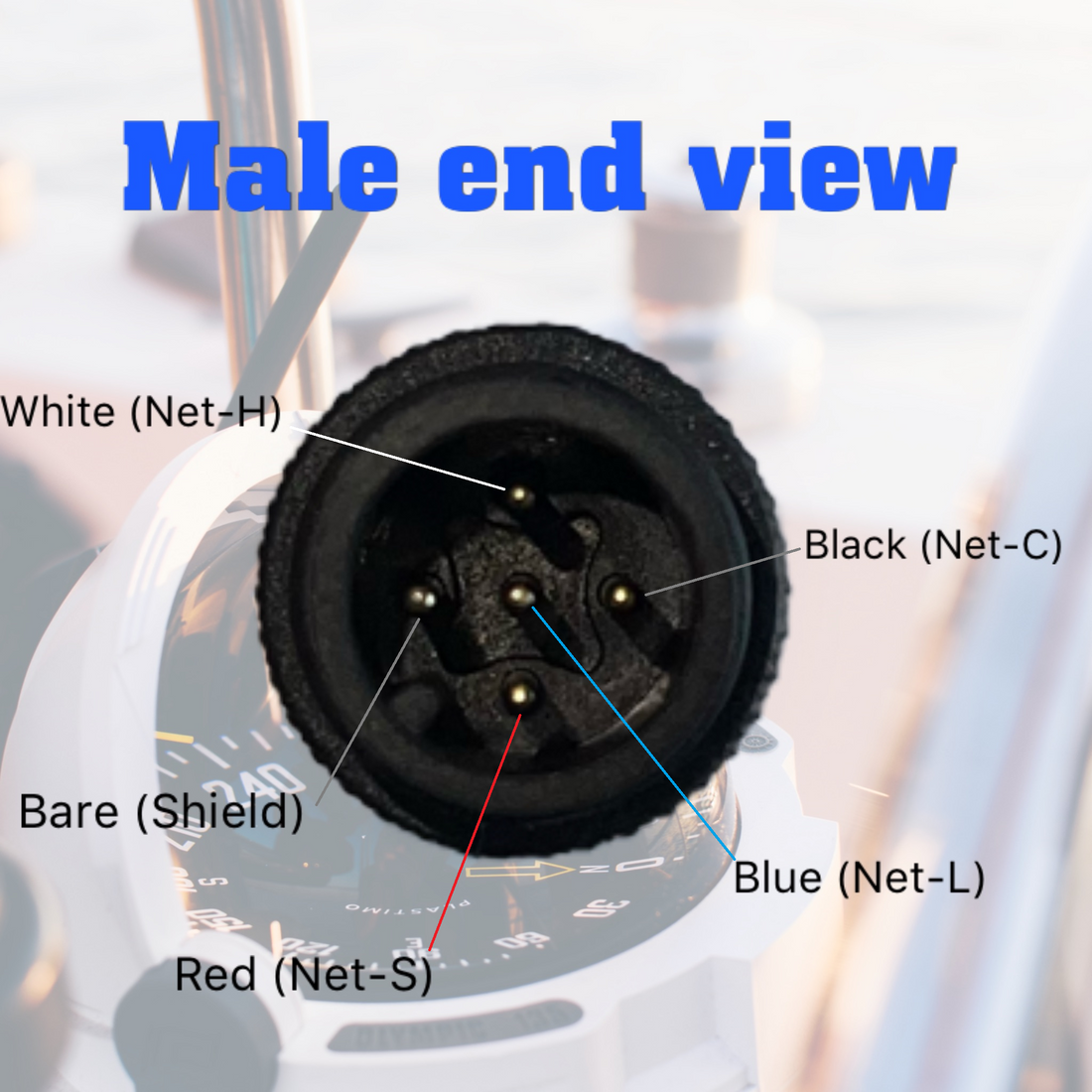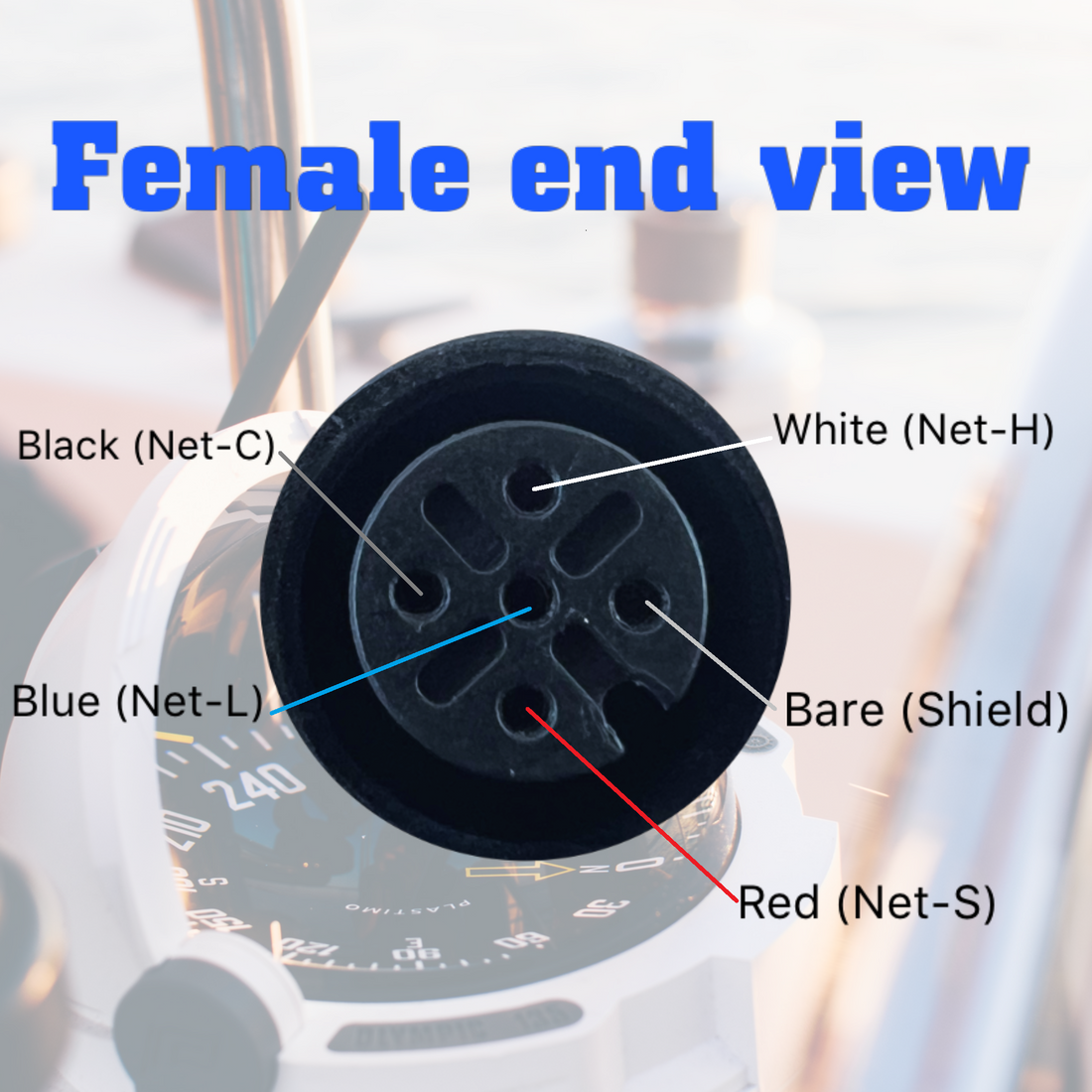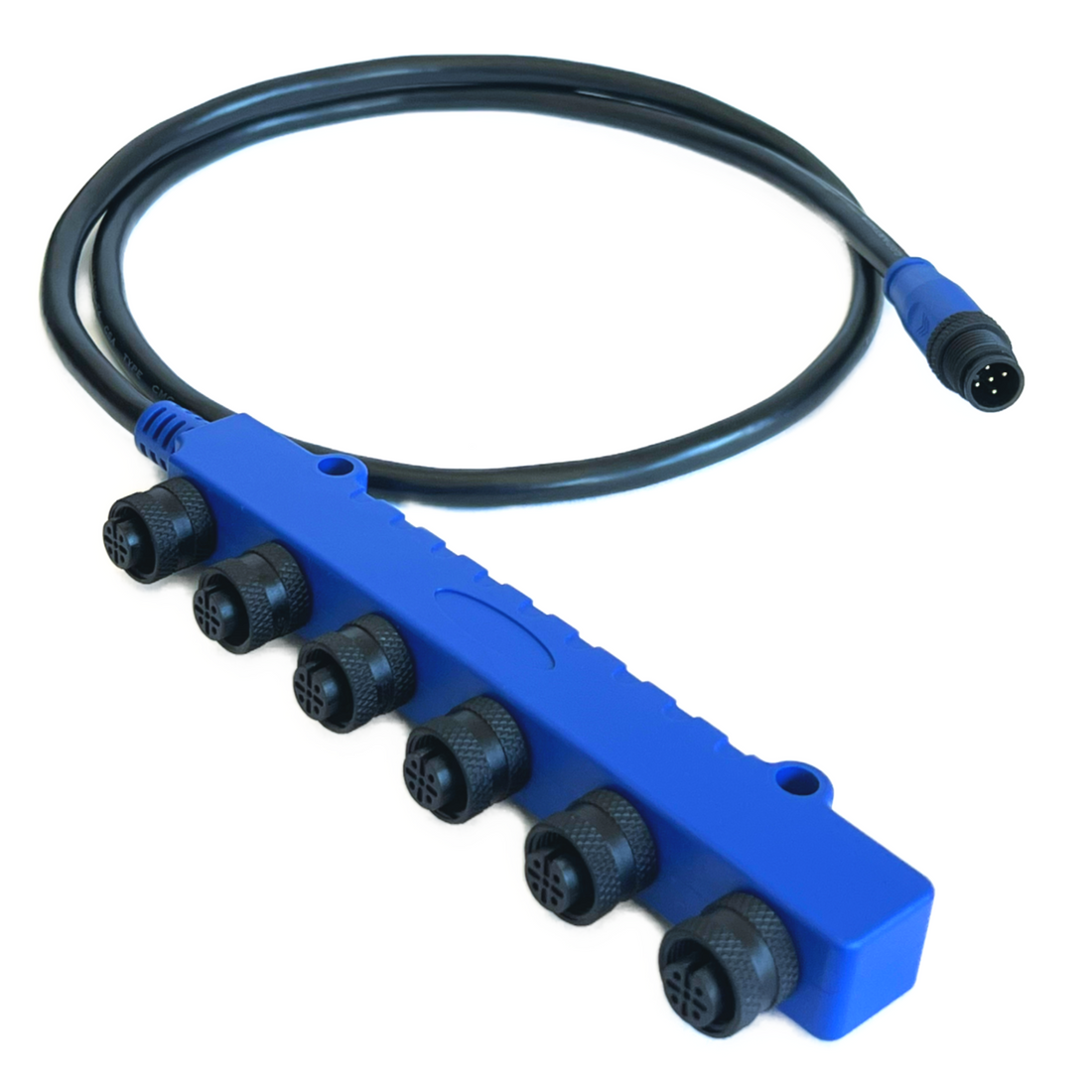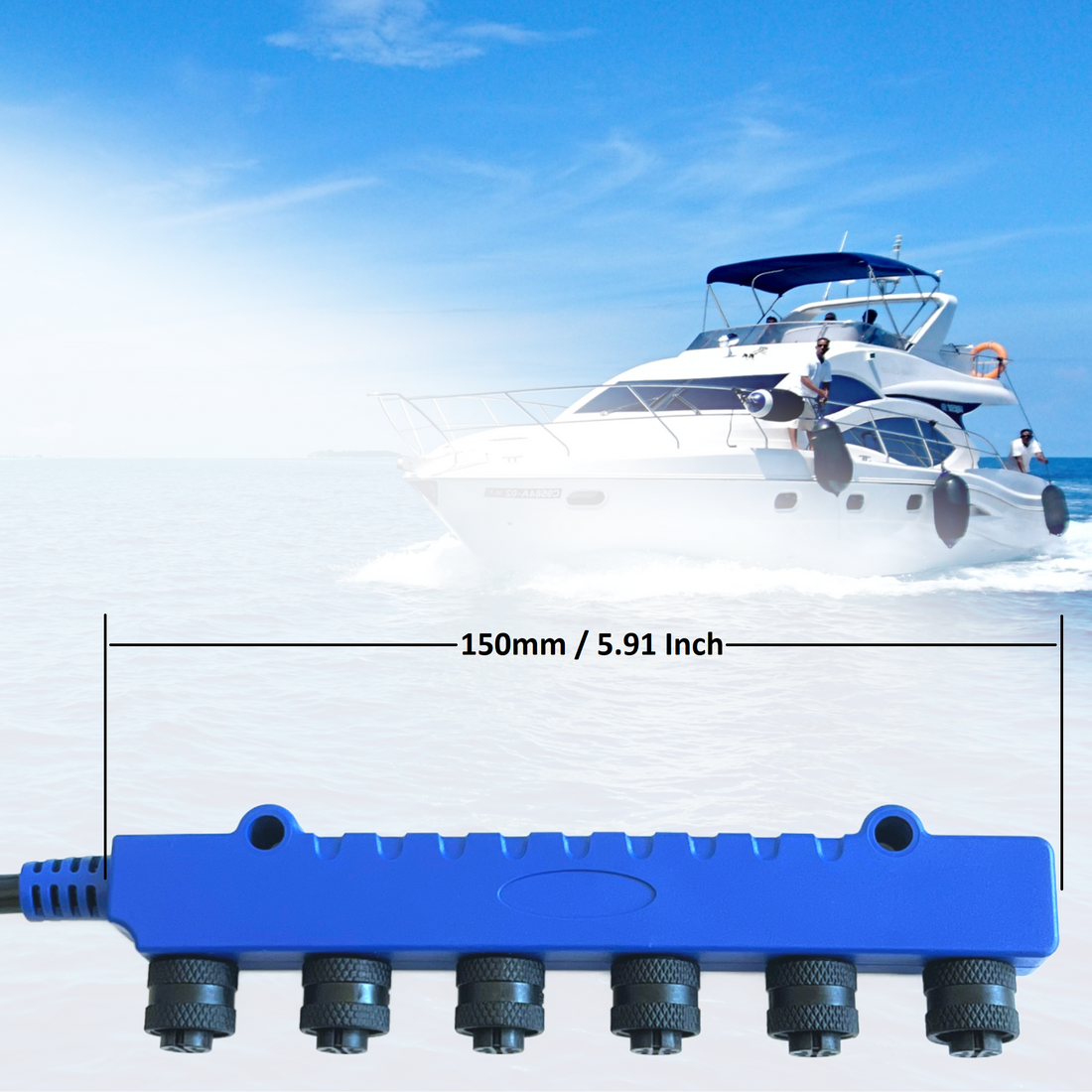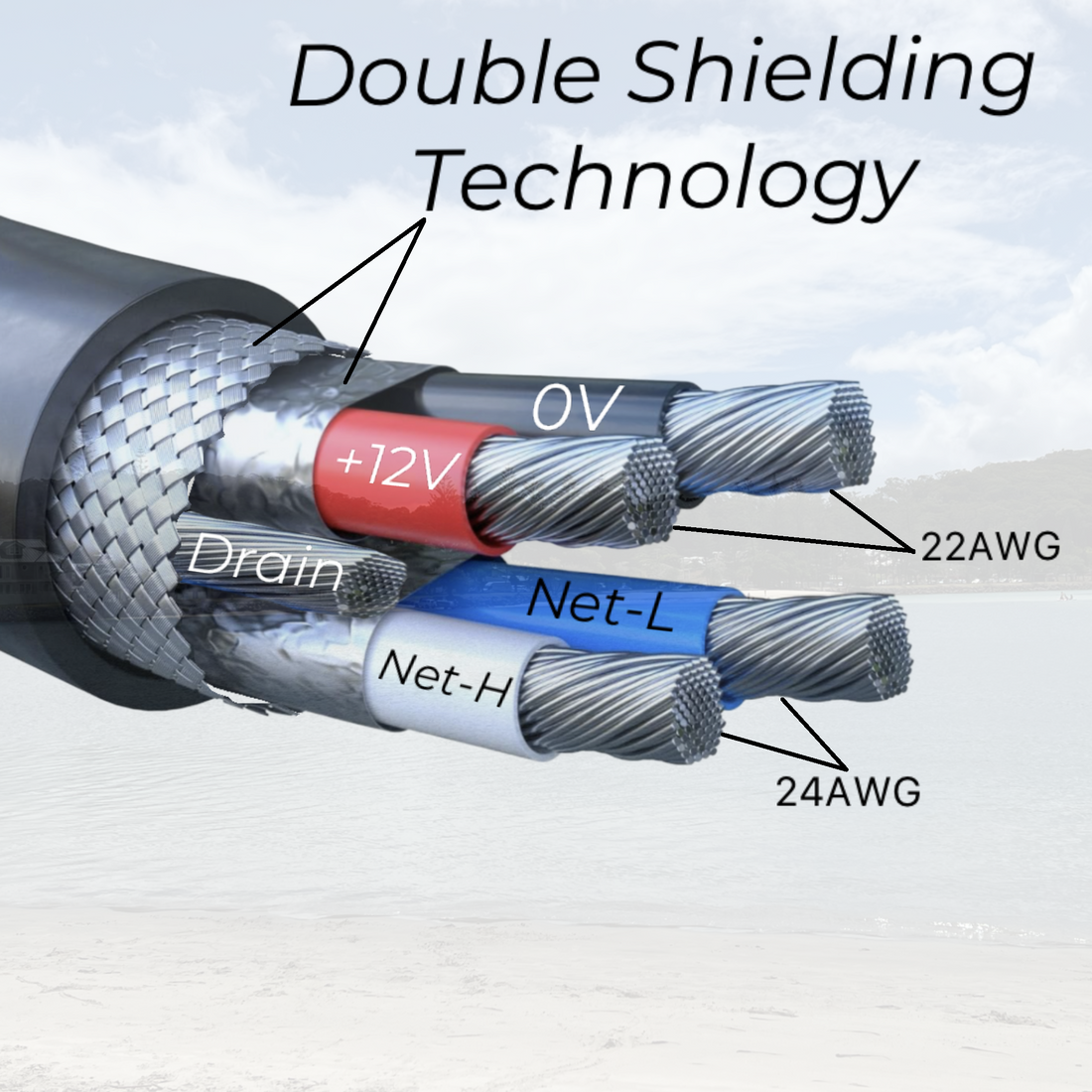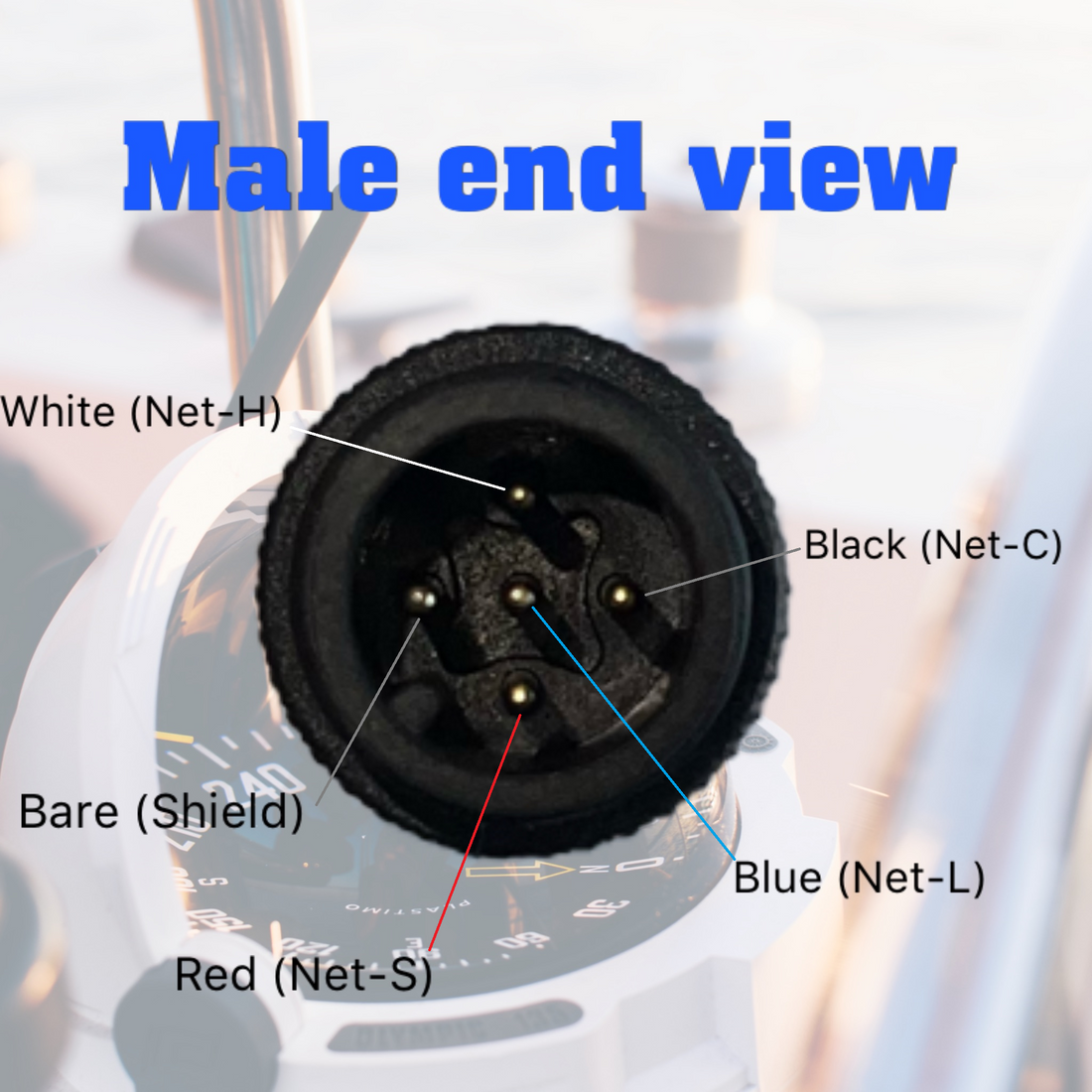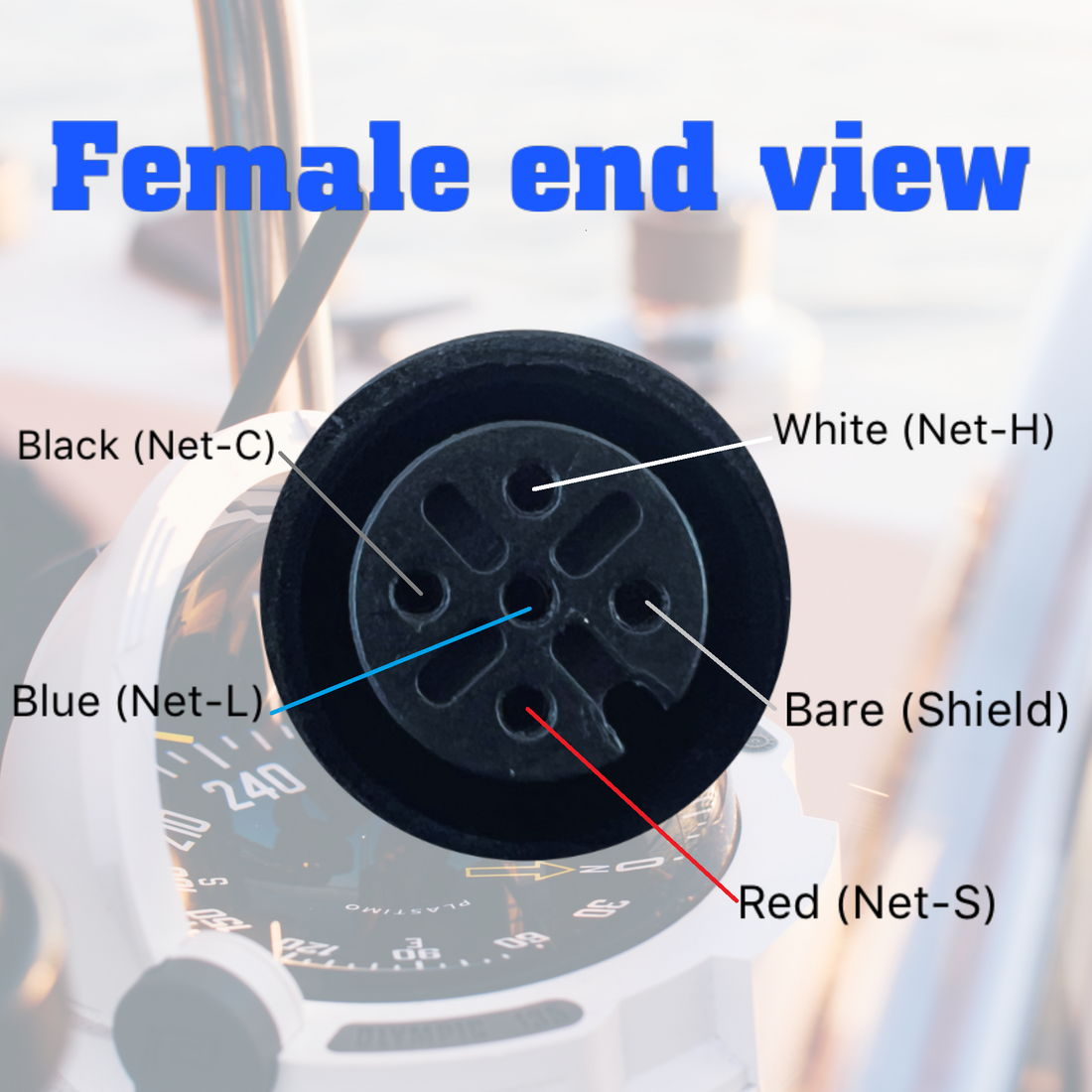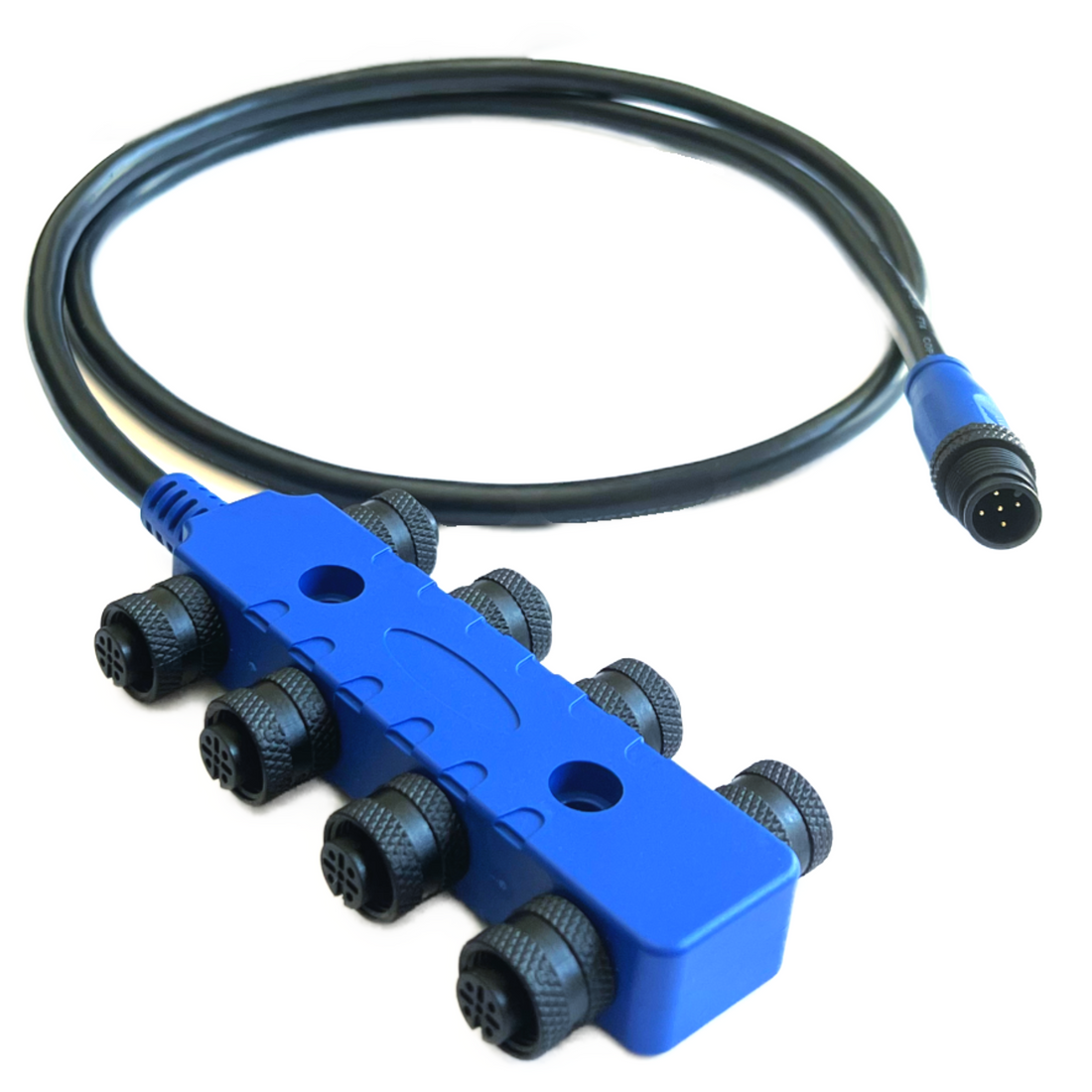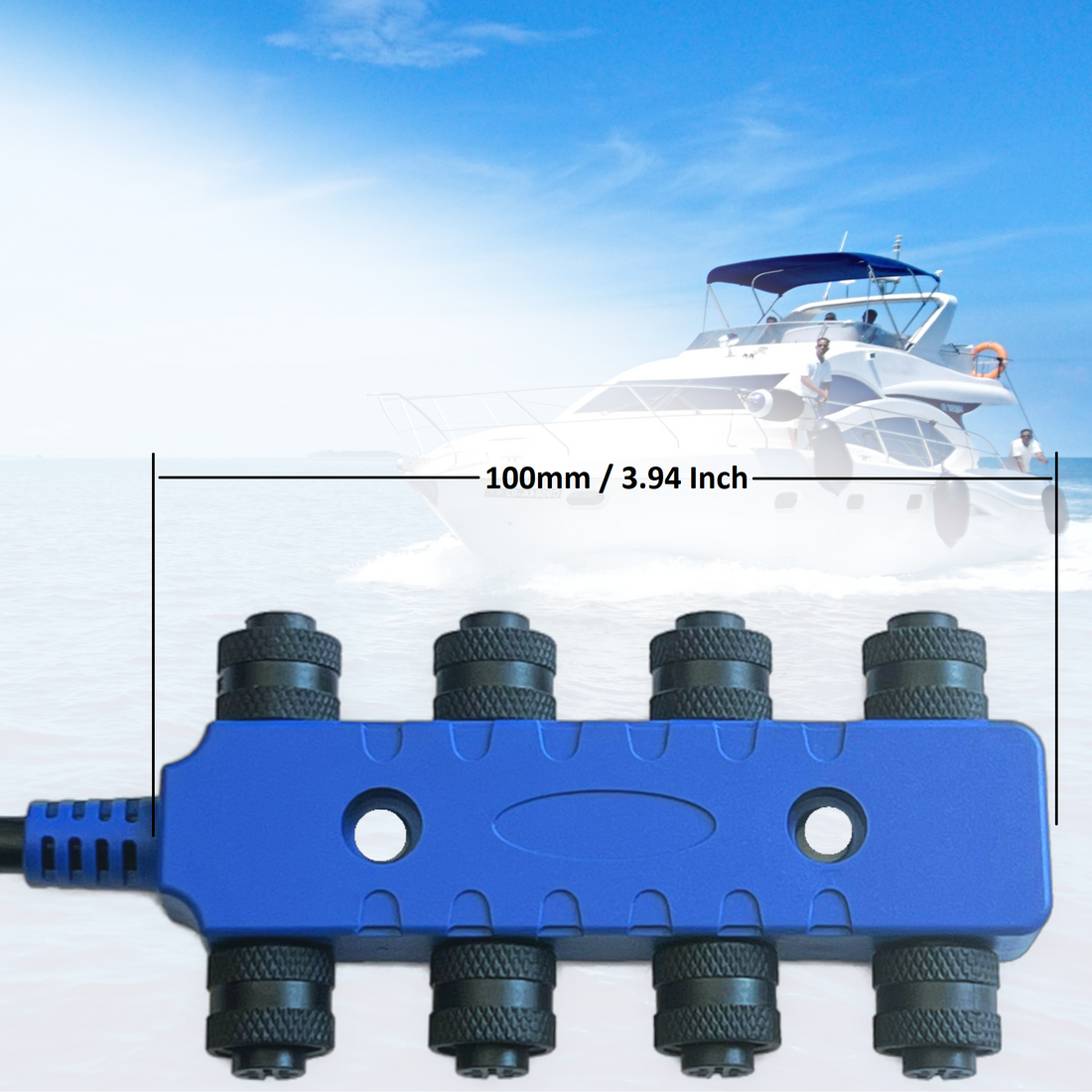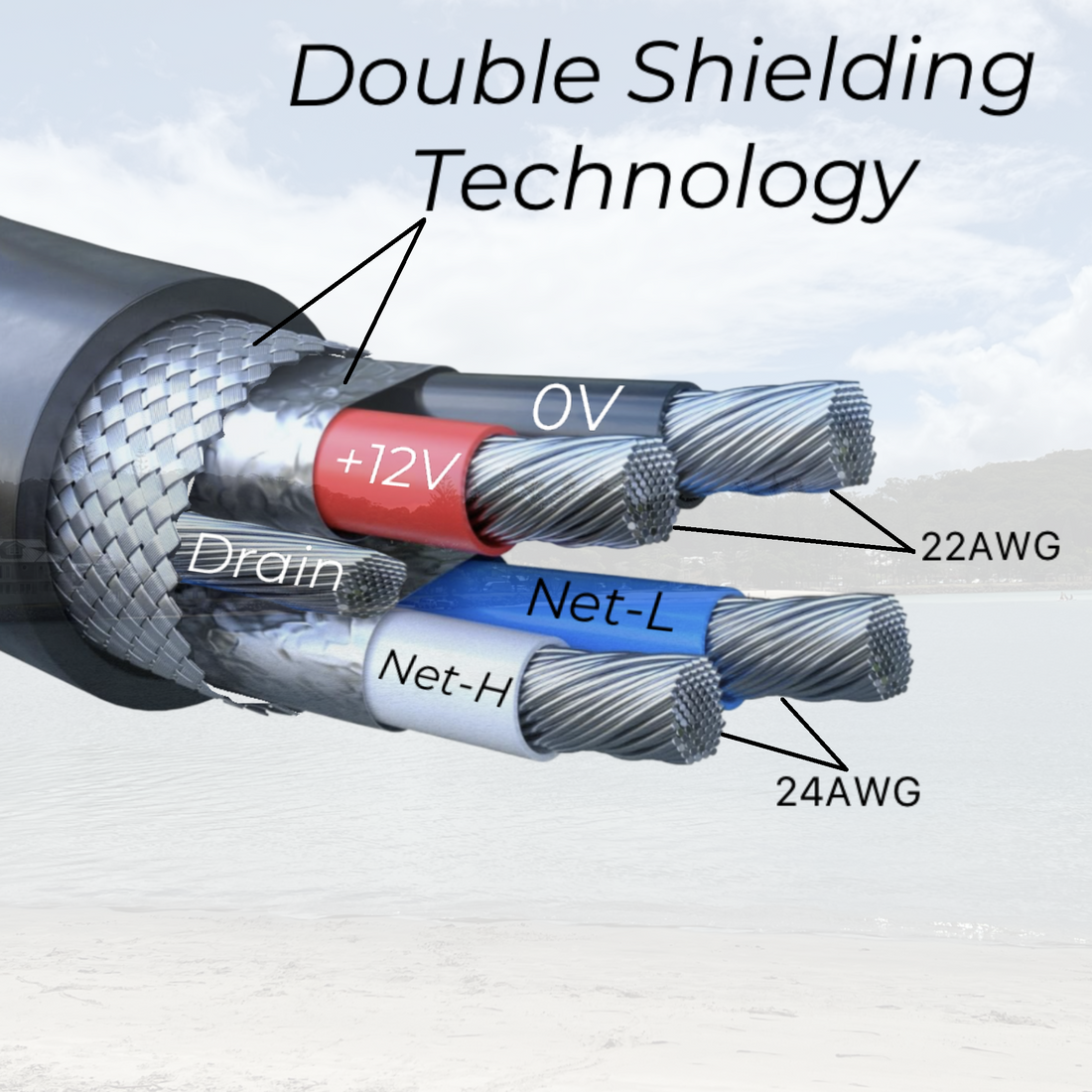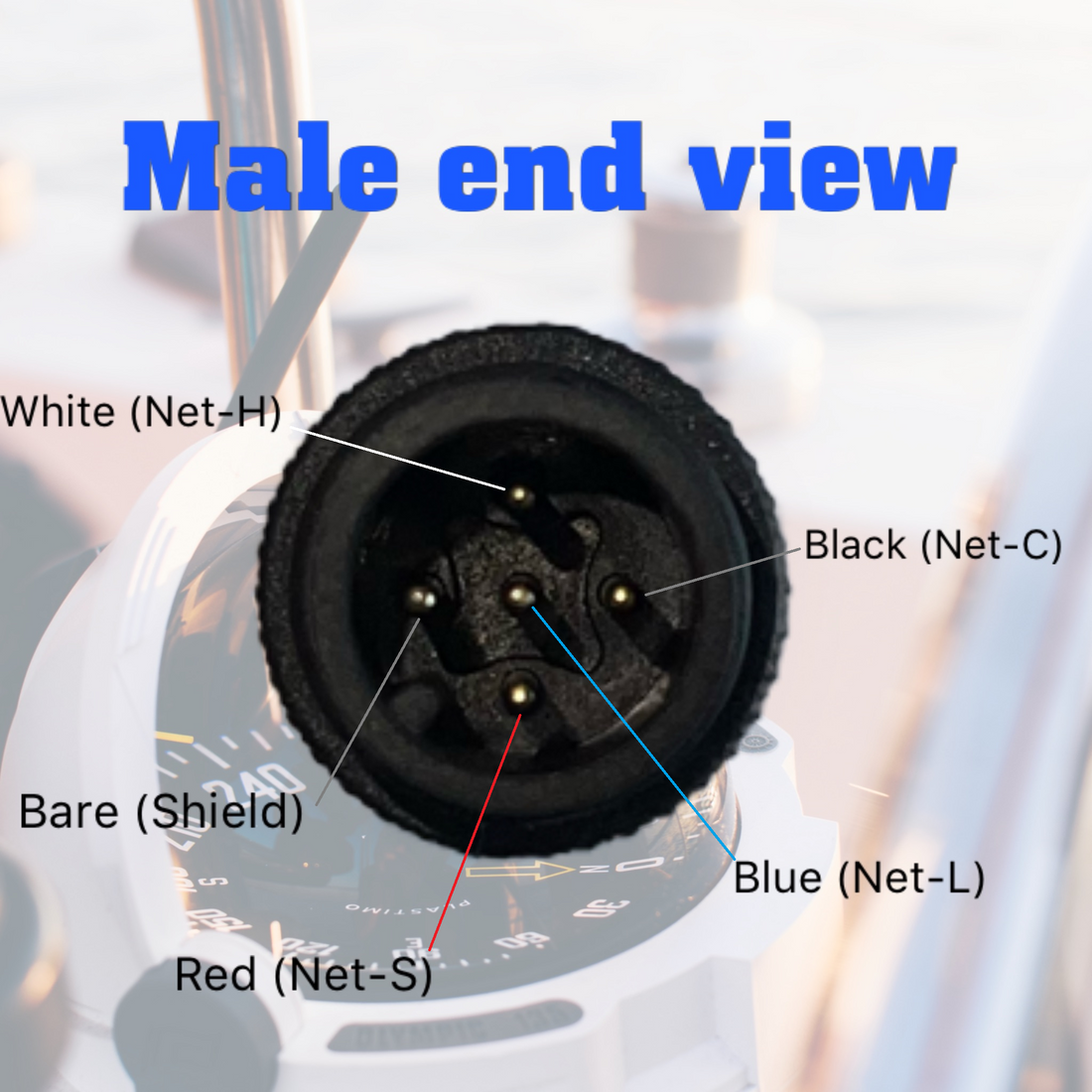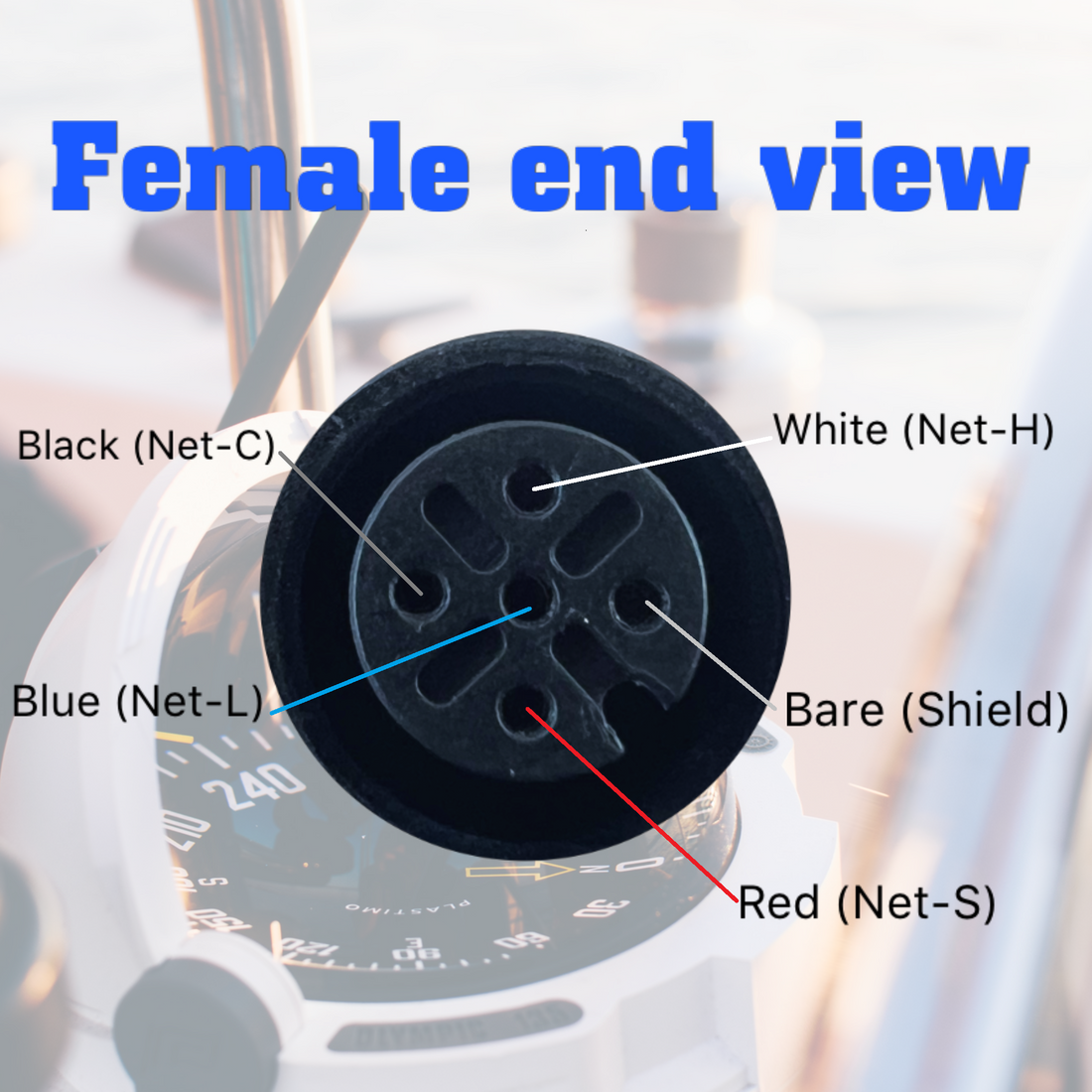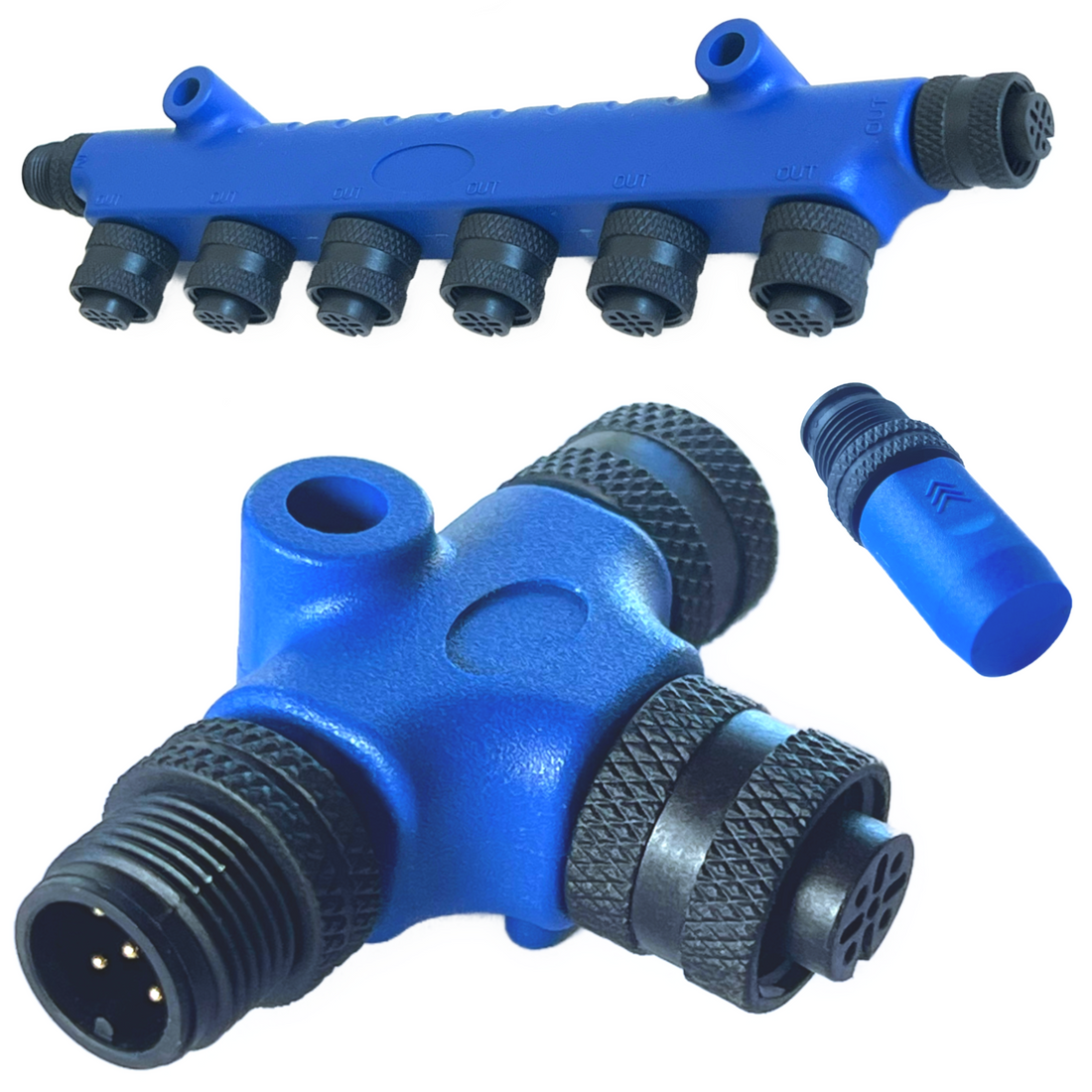
News
A Comprehensive Guide to NMEA 2000 Connectors: Everything You Need to Know
A Comprehensive Guide to NMEA 2000 Connectors: Everything You Need to Know
A Comprehensive Guide to NMEA 2000 Connectors: Everything You Need to Know
NMEA 2000 connectors are an essential component for marine electronics systems, allowing seamless communication between different devices on a boat or yacht. Whether you're a boating enthusiast, a marine electrician, or a boat owner looking to understand these connectors, this comprehensive guide has got you covered.
In this article, we'll dive into everything you need to know about NMEA 2000 connectors – from their types and functions to their installation and troubleshooting. With our easy-to-understand explanations and visual aids, you'll gain a clear understanding of how these connectors work and how to make the most of them.
Our Brand Voice: Informative and Professional.
Whether you're a seasoned sailor or new to boating, this article will equip you with the knowledge and skills to effectively use NMEA 2000 connectors in your marine electronics setup. So, let's embark on this journey together and unlock the full potential of your boat's communication network. Read on for a complete guide to NMEA 2000 connectors.
Understanding NMEA 2000 technology
NMEA 2000 is a standardized communication protocol used in the marine industry to connect various electronic devices on a boat or yacht. It allows devices from different manufacturers to communicate with each other, sharing information such as GPS data, depth sounder readings, engine diagnostics, and more. This technology simplifies the installation process and ensures compatibility between devices.
NMEA 2000 connectors play a crucial role in this communication network. They provide the physical connection between devices, allowing the transfer of data and power. These connectors are designed to be robust and weatherproof, capable of withstanding the harsh marine environment.
There are two main types of NMEA 2000 connectors: male and female. The male connectors have pins that fit into corresponding slots in the female connectors, creating a secure and reliable connection. The connectors are color-coded to help users identify their purpose, such as power, data, or backbone connections.
In the next section, we'll explore the different types of NMEA 2000 connectors in more detail.
Types of NMEA 2000 connectors
NMEA 2000 connectors come in various shapes and sizes to accommodate different installation requirements. Here are some of the most common types you'll come across:
1. T-connectors: These connectors are used to branch off the NMEA 2000 backbone, allowing the connection of multiple devices. They typically have three ports, with one for the backbone and two for connecting devices.
2. Power connectors: As the name suggests, these connectors provide power to the NMEA 2000 network. They are usually connected to a power source, such as the boat's battery, and distribute power to the connected devices.
3. Drop cables: Drop cables are used to connect devices to the NMEA 2000 network. They have a male connector on one end and a female connector on the other, allowing devices to be easily added or removed from the network.
4. Terminators: Terminators are used to terminate the ends of the NMEA 2000 backbone. They ensure proper signal termination, preventing signal reflections that can cause communication issues.
Each type of connector serves a specific purpose in the NMEA 2000 network, and understanding their functions is crucial for a successful installation. In the next section, we'll discuss common NMEA 2000 connector sizes and pin configurations.
Common NMEA 2000 connector sizes and pin configurations
NMEA 2000 connectors come in different sizes, each designed for specific applications. The most common sizes include:
1. Micro connectors: These connectors are the smallest in size and are commonly used for devices with limited space, such as small chartplotters or sensors. They have a 7-pin configuration and are color-coded for easy identification.
2. Mini connectors: The mini connectors are slightly larger than the micro connectors and are used for devices that require more power or have additional functionalities. They have a 9-pin configuration and, like the micro connectors, are color-coded.
3. Standard connectors: Standard connectors are the largest in size and are typically used for devices that require a higher power supply or have more complex functionalities. They have a 5-pin configuration and are also color-coded.
When installing NMEA 2000 connectors, it's important to ensure that the correct size and pin configuration are used for each device. Using the wrong connector can result in poor communication or even damage to the devices.
How to choose the right NMEA 2000 connector for your application
Choosing the right NMEA 2000 connector for your application is essential to ensure proper communication and functionality. Here are some factors to consider when selecting a connector:
1. Device compatibility: Check the specifications of your devices to ensure they are compatible with NMEA 2000 connectors. Some devices may require specific connector sizes or pin configurations.
2. Installation requirements: Consider the space and installation constraints of your boat or yacht. Smaller connectors may be more suitable for tight spaces, while larger connectors may be required for devices with higher power demands.
3. Future expandability: If you plan to add more devices to your NMEA 2000 network in the future, consider choosing connectors that allow easy expansion. T-connectors and drop cables are commonly used for this purpose.
4. Quality and durability: Invest in high-quality connectors that are designed for the marine environment. Look for connectors that are corrosion-resistant, weatherproof, and capable of withstanding vibration and shocks.
Taking these factors into account will help you select the right NMEA 2000 connector for your specific application, ensuring a reliable and efficient communication network on your boat or yacht.
Installing NMEA 2000 connectors
Installing NMEA 2000 connectors requires careful planning and attention to detail. Here are the general steps involved in the installation process:
1. Plan the network layout: Determine the location of each device and the routing of the NMEA 2000 backbone. Consider factors such as cable length, accessibility, and interference from other electrical components.
2. Prepare the cables: Cut the NMEA 2000 cables to the required lengths, ensuring a proper fit. Strip the insulation from the cable ends, exposing the wires for connection.
3. Connect the devices: Use the appropriate connectors to connect each device to the NMEA 2000 backbone. Ensure a secure and tight connection to prevent signal loss or interference.
4. Connect the power supply: Connect the power connectors to the NMEA 2000 backbone and the power source. Follow the manufacturer's instructions for proper wiring and ensure the correct polarity.
5. Test the network: Once all the connections are made, test the NMEA 2000 network to ensure proper communication between devices. Use diagnostic tools or software to verify data transfer and check for any errors or issues.
Proper installation is crucial for the smooth operation of the NMEA 2000 network. If you're unsure about the installation process, it's recommended to consult a professional marine electrician for assistance.
Troubleshooting NMEA 2000 connector issues
Despite careful installation, issues with NMEA 2000 connectors can arise. Here are some common problems and their possible solutions:
1. Poor connection: If devices are not communicating or data transfer is slow, check the connectors for loose or corroded pins. Clean the connectors and ensure a tight connection.
2. Signal interference: If you're experiencing signal interference or dropouts, check for nearby electrical equipment that may be causing the issue. Keep NMEA 2000 cables away from high-power sources and use shielded cables if necessary.
3. Faulty connectors: If a connector is damaged or not functioning properly, replace it with a new one. Inspect the connectors regularly for signs of wear or corrosion and replace them if necessary.
4. Incorrect wiring: Double-check the wiring of the connectors to ensure proper polarity and connection. Refer to the manufacturer's instructions or consult a professional if you're unsure.
Regular maintenance and inspection of NMEA 2000 connectors can help prevent issues and ensure optimal performance. In the next section, we'll discuss some best practices for maintaining these connectors.
Best practices for maintaining NMEA 2000 connectors
To ensure the longevity and reliability of your NMEA 2000 connectors, follow these best practices for maintenance:
1. Regular inspection: Inspect the connectors for signs of wear, corrosion, or loose pins. Clean the connectors and contacts as needed.
2. Secure connections: Ensure all connectors are properly seated and tightened. Loose connections can lead to poor communication or intermittent issues.
3. Weather protection: Protect the connectors from exposure to harsh weather conditions, such as rain, saltwater, or UV rays. Use weatherproof covers or enclosures if necessary.
4. Proper storage: When not in use, store the connectors in a dry and secure location. Avoid storing them in areas with extreme temperatures or excessive humidity.
5. Follow manufacturer's guidelines: Always refer to the manufacturer's guidelines for specific maintenance instructions and recommendations. They will provide valuable insights into the care and maintenance of your connectors.
By following these best practices, you can ensure the longevity and reliability of your NMEA 2000 connectors, minimizing the risk of communication issues and system failures.
Comparison of NMEA 2000 connectors vs. other marine connector types
While NMEA 2000 connectors are widely used in the marine industry, there are other connector types available. Let's compare NMEA 2000 connectors with their alternatives:
1. NMEA 0183 connectors: NMEA 0183 is an older communication protocol that is still used in some marine electronics systems. However, it has limitations in terms of data transfer speed and device compatibility compared to NMEA 2000.
2. USB connectors: USB connectors are commonly used for connecting devices to computers or charging ports. While they are versatile and widely available, they are not designed for the harsh marine environment and may not provide the same level of reliability as NMEA 2000 connectors.
3. Ethernet connectors: Ethernet connectors are used for high-speed data transfer in networking applications. They offer fast and reliable communication but may not be suitable for all marine electronics systems due to compatibility issues.
In general, NMEA 2000 connectors offer a robust and reliable solution for marine electronics communication. They are specifically designed for the marine environment, ensuring durability and compatibility between devices.
Conclusion and final thoughts
NMEA 2000 connectors are an integral part of any marine electronics system, allowing seamless communication between devices on a boat or yacht. Understanding the different types of connectors, their installation process, and troubleshooting techniques is crucial for maximizing the performance and reliability of your marine electronics setup.
In this comprehensive guide, we've covered everything you need to know about NMEA 2000 connectors – from their types and functions to their installation and maintenance. By following the best practices and guidelines provided, you'll be well-equipped to handle any NMEA 2000 connector-related challenges that may arise.
Whether you're a seasoned sailor or new to boating, the knowledge gained from this guide will empower you to make informed decisions when it comes to selecting, installing, and maintaining NMEA 2000 connectors. So, set sail confidently, knowing that your boat's communication network is operating at its full potential. Click here for our connectors.
